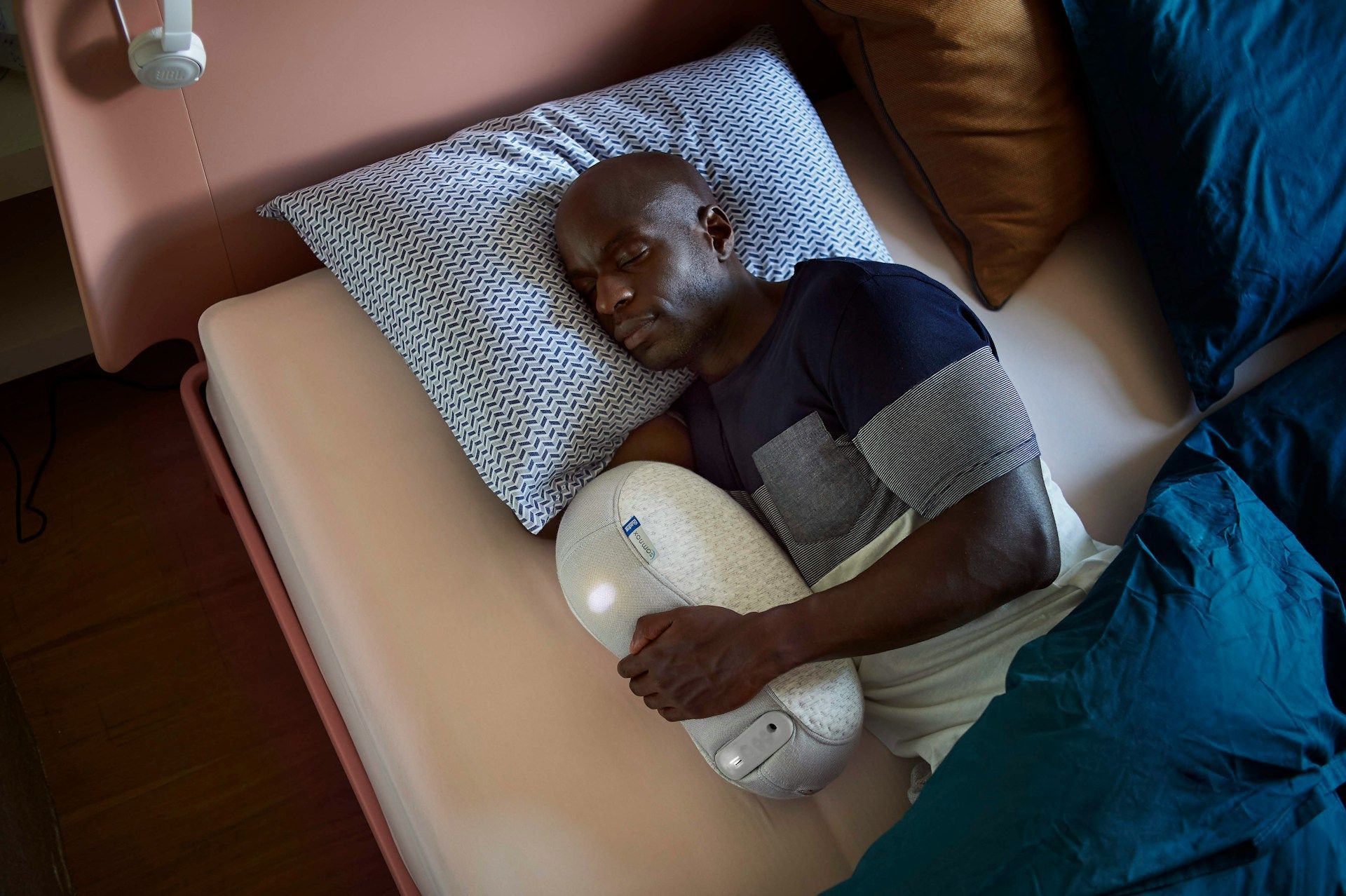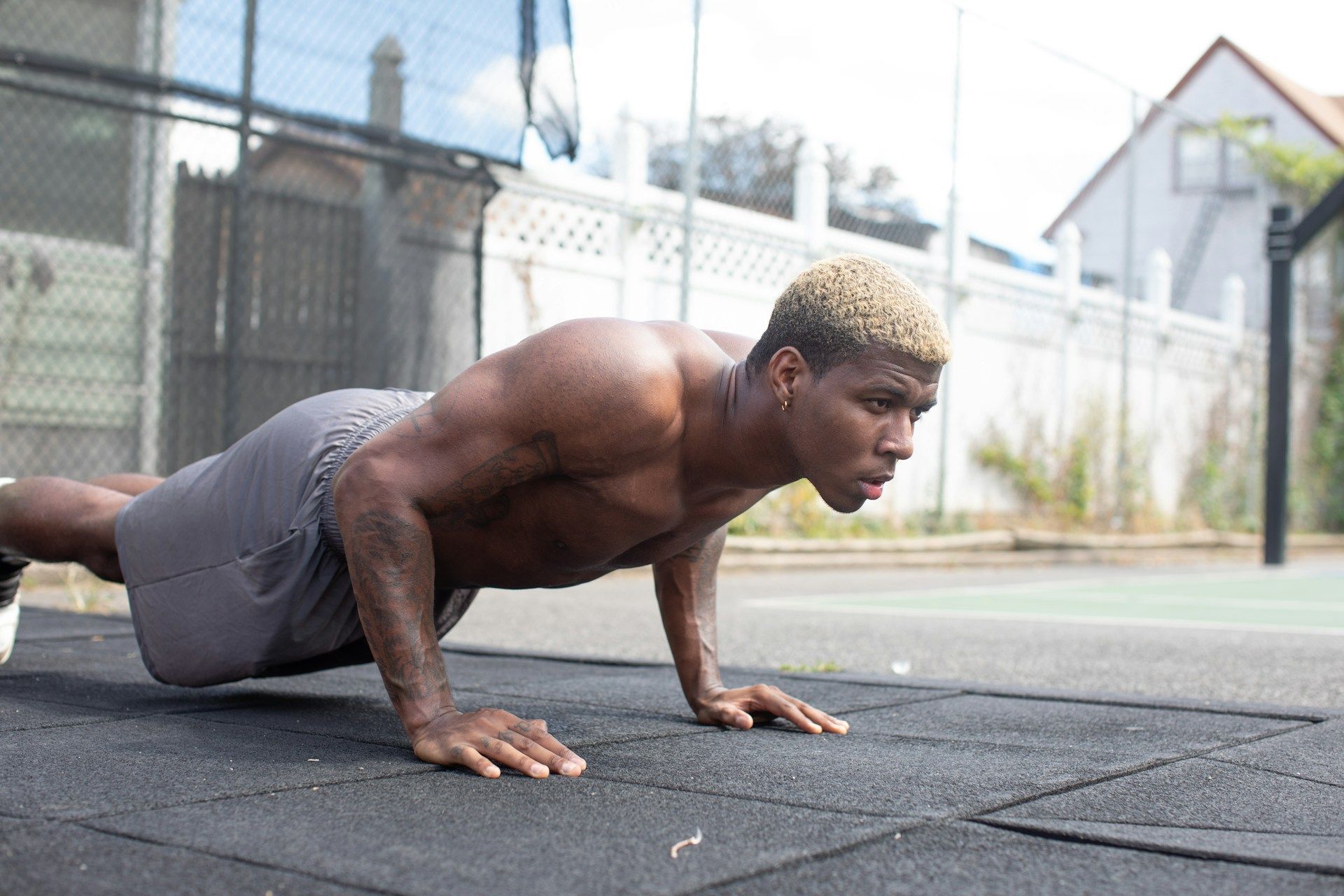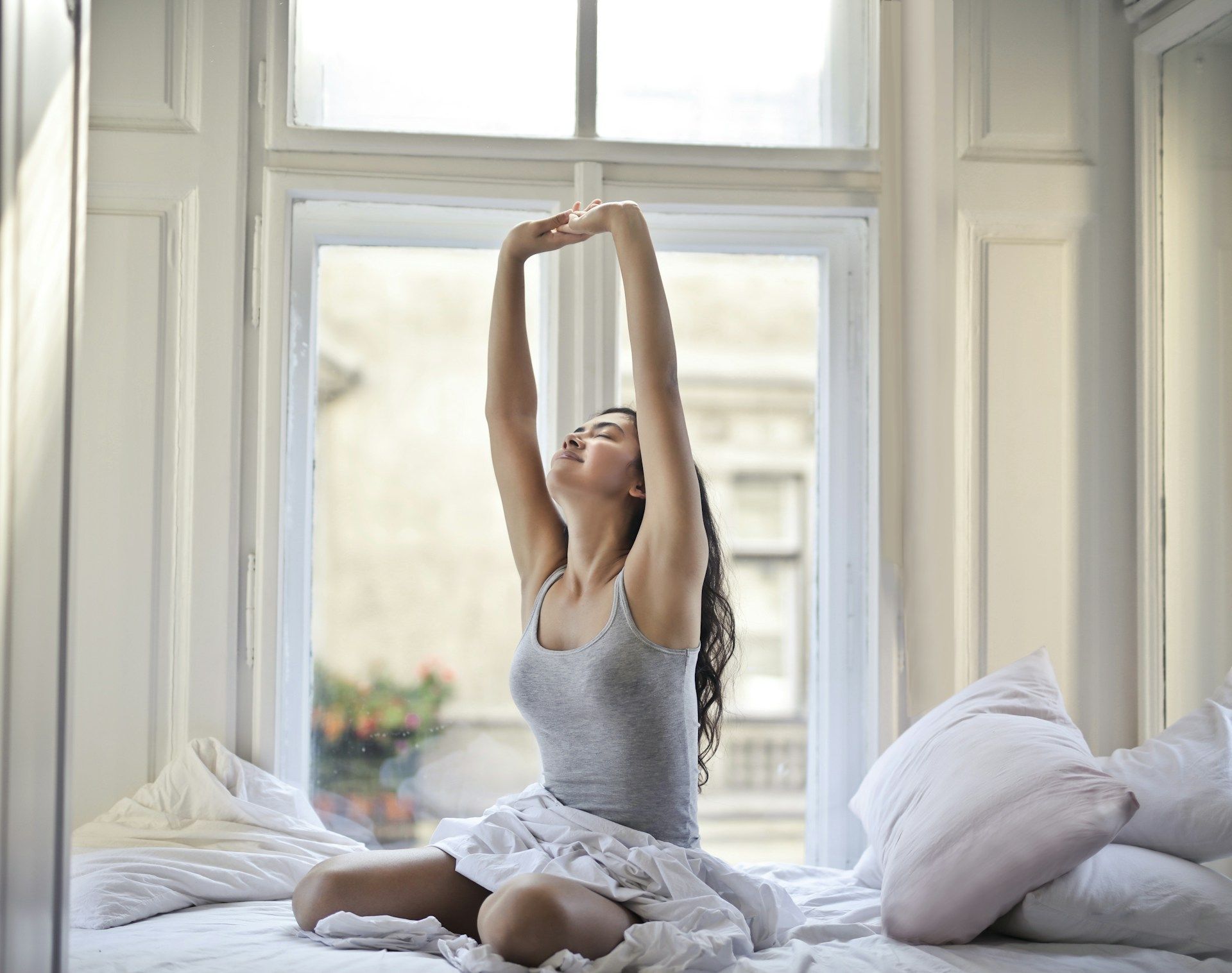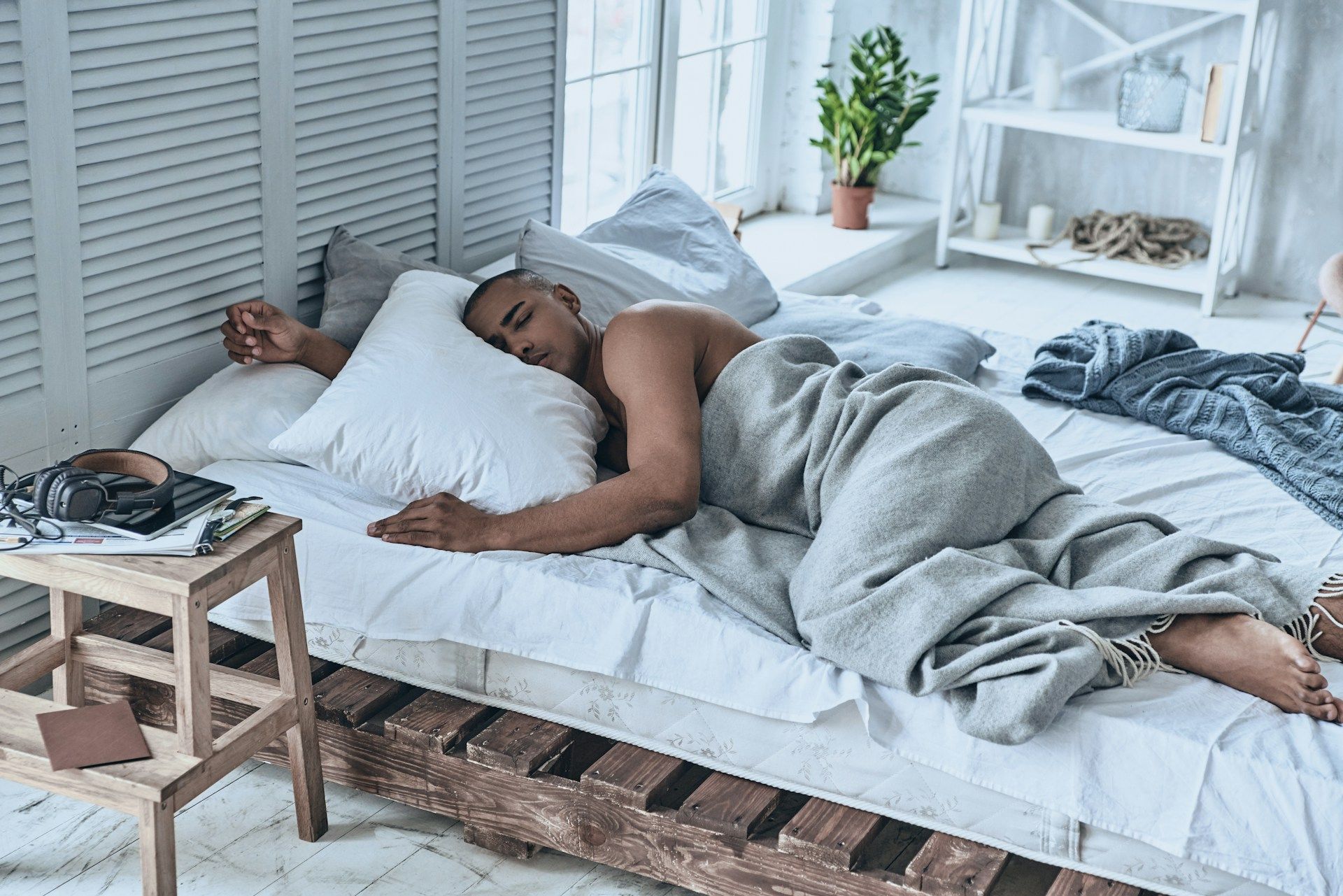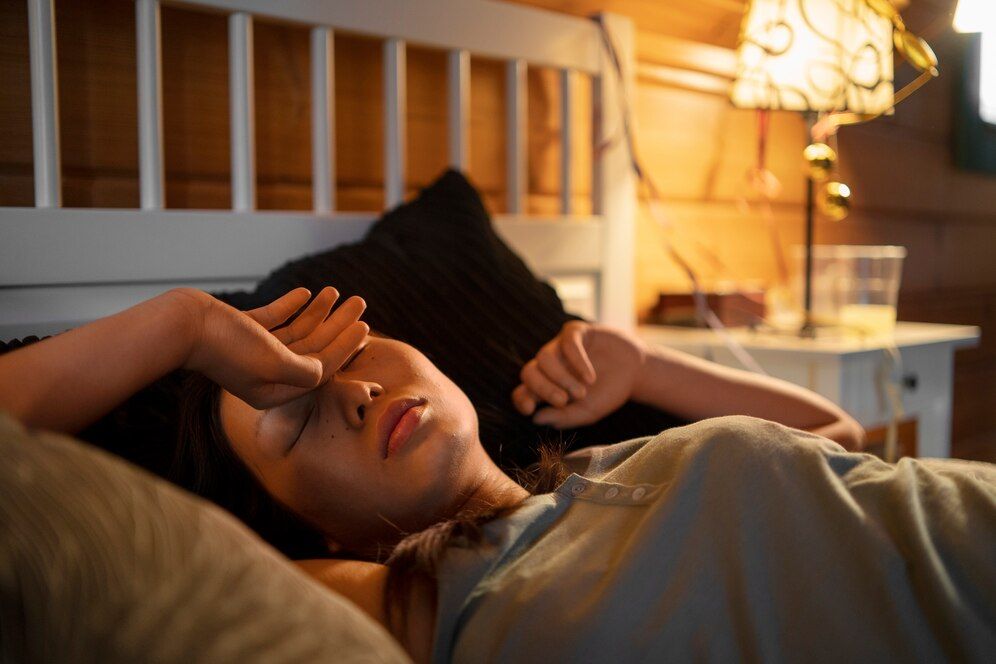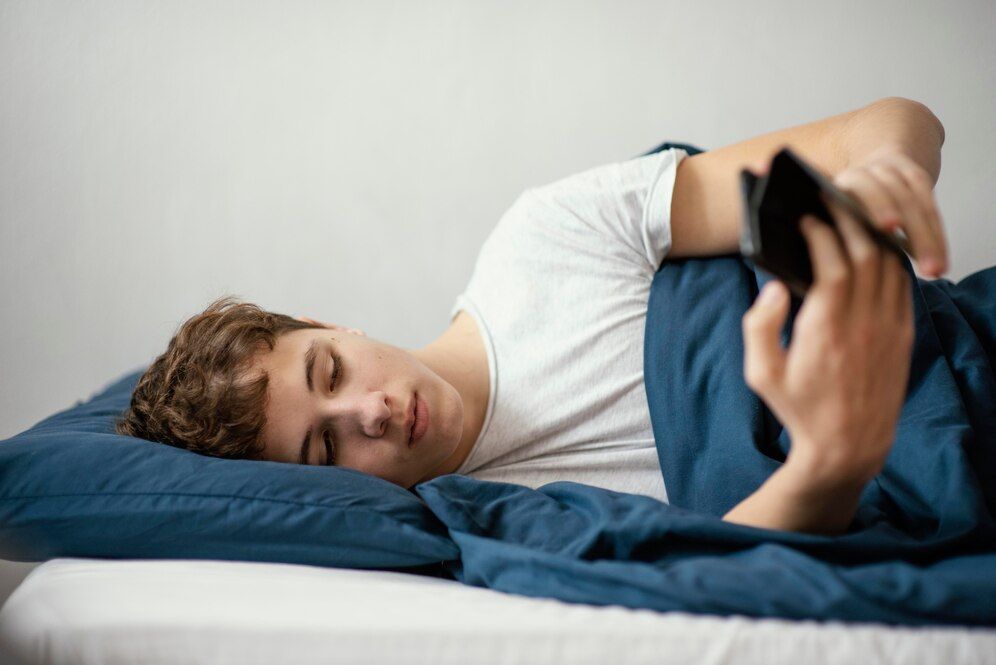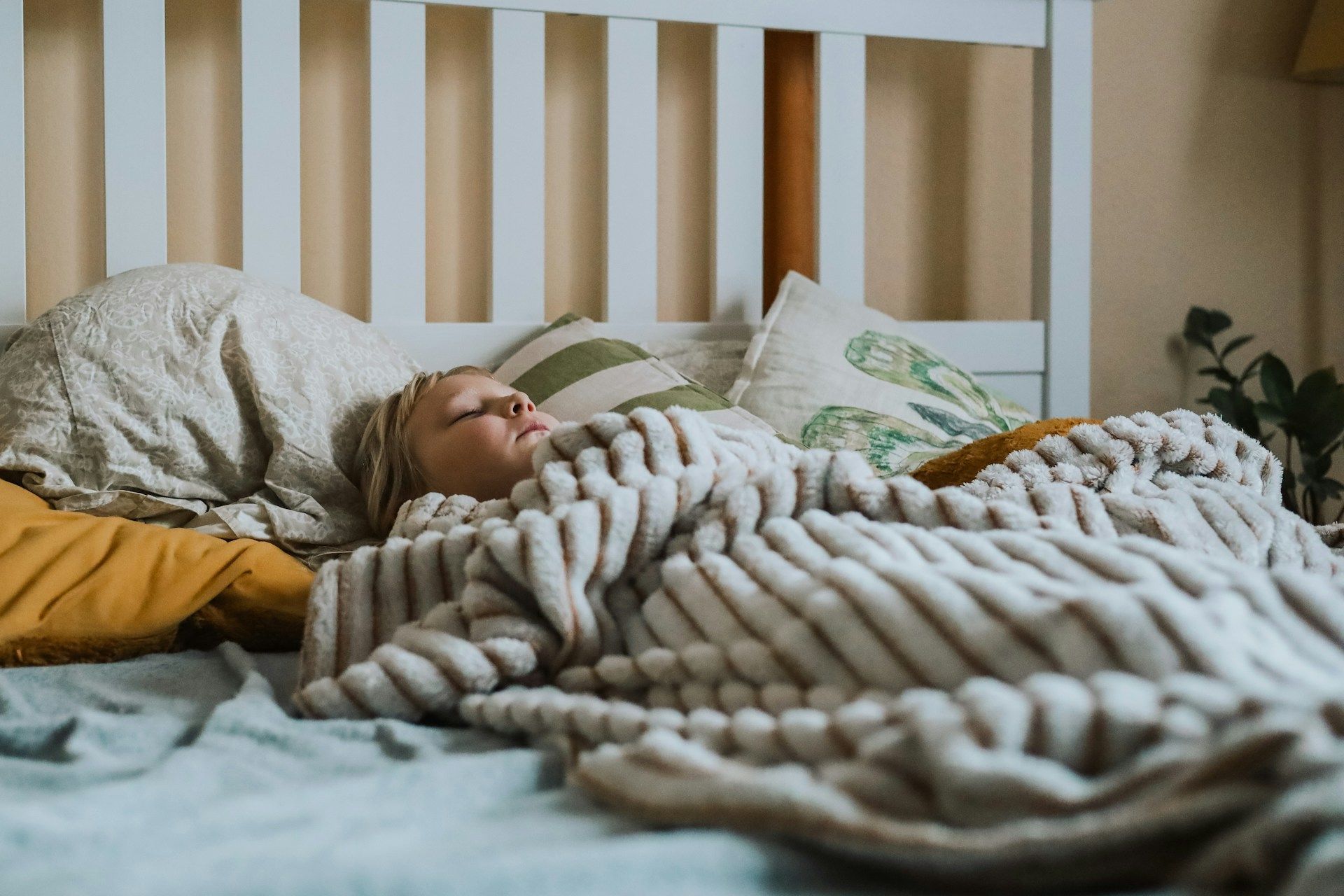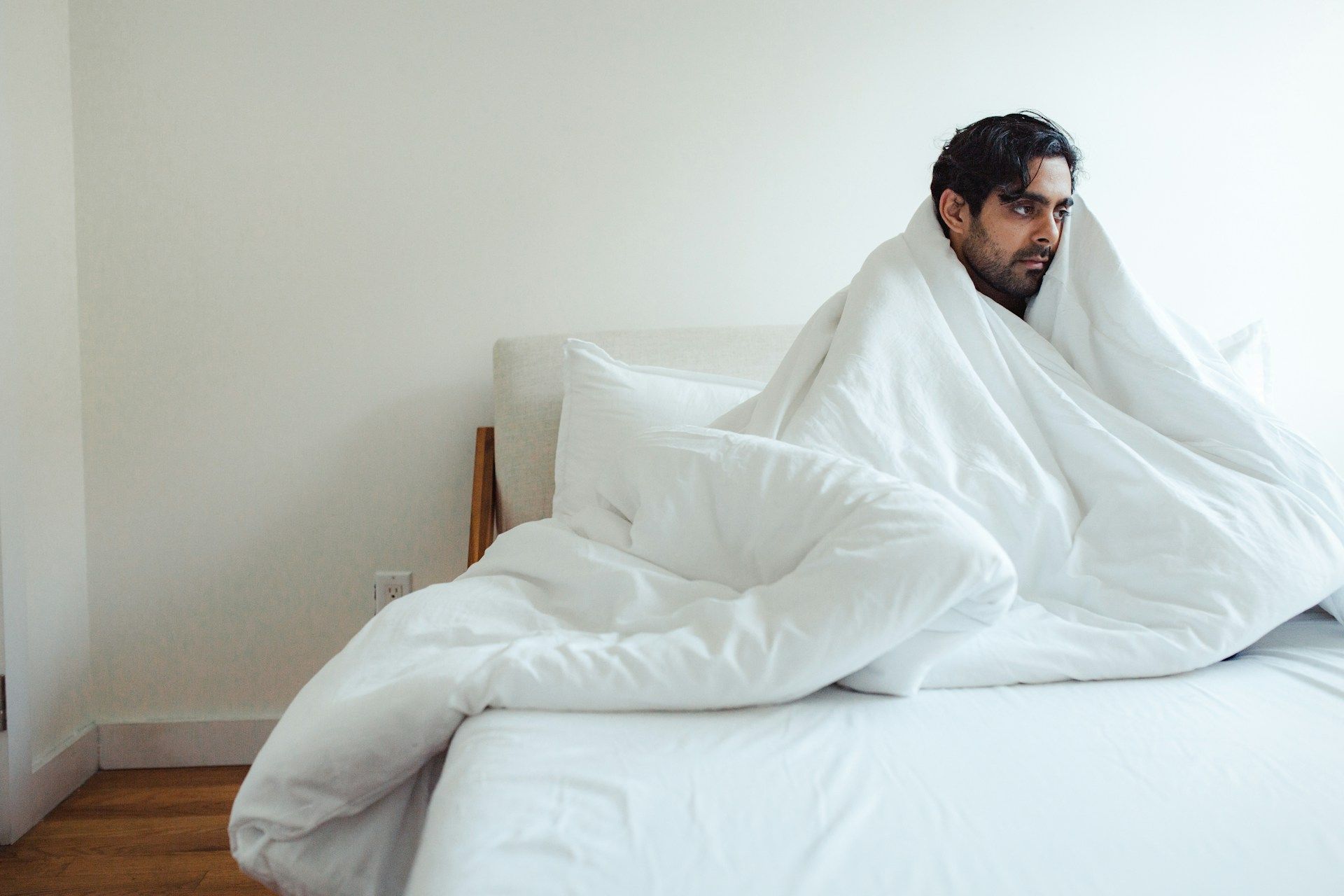Sleep Apnea Treatment Without CPAP? When to Try Alternative Therapies to CPAP
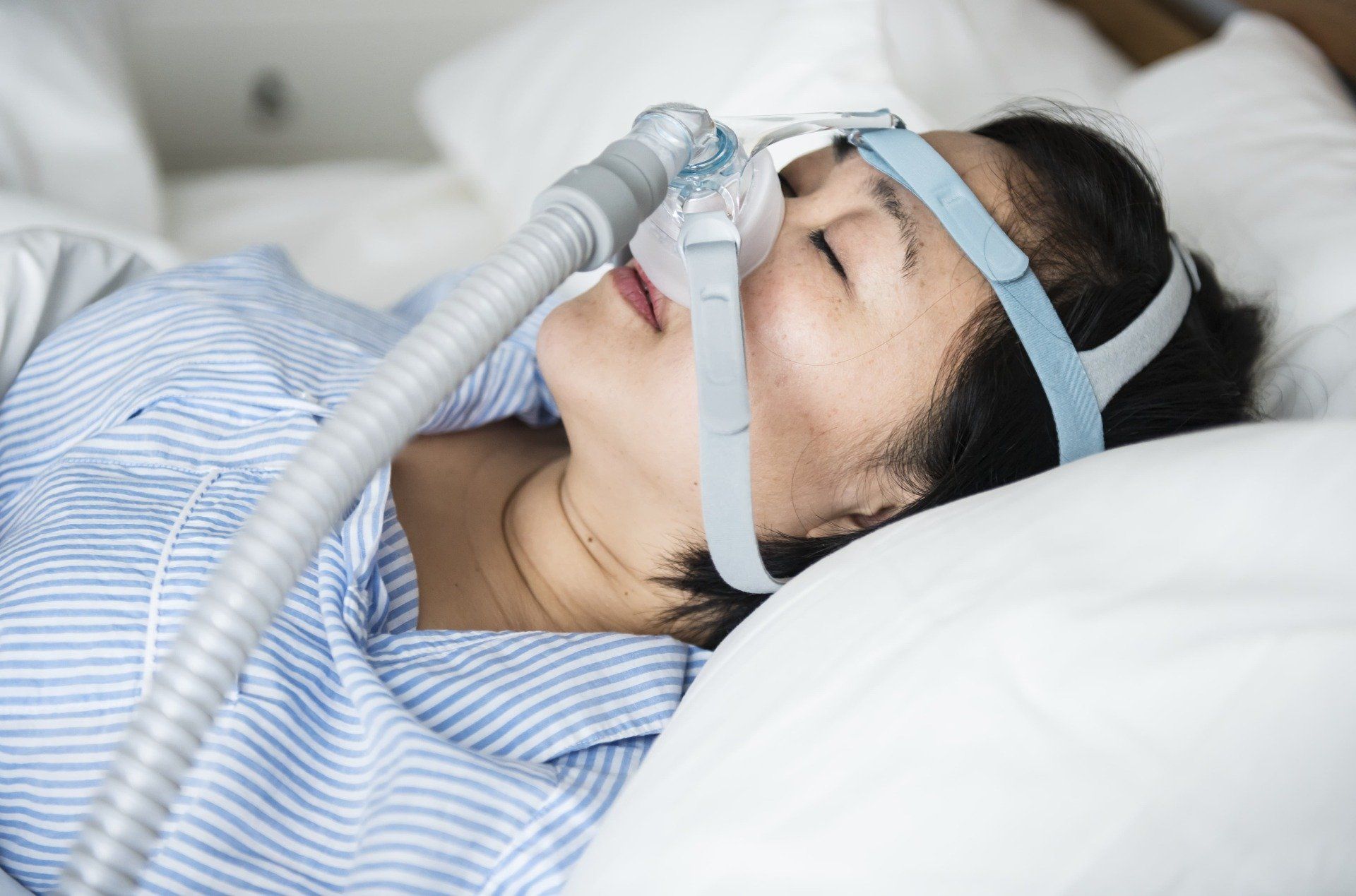
Many people wonder whether CPAP is the only available treatment for obstructive sleep apnea. Patients frequently have an image of themselves and their partner spending the night wearing a mask connected to a big, loud, uncomfortable, and disruptive machine, this sounds like a night mare to them
If they're being honest, they might also be visualizing an older person using one of the earlier CPAP devices they heard about and saw when they were younger.
Continuous Positive Airway Pressure (CPAP) machines are not the large, obtrusive devices they formerly were. The most extensively studied and most efficient treatment for sleep apnea now accessible is CPAP, which has advanced significantly in terms of design, technology, and performance.
Unless the sleep apnea is relatively minor or the CPAP treatment has failed for a variety of reasons, sleep specialists and medical professionals advise
CPAP treatment for the condition.
Adjustments to pressure, selecting a new mask or altering the fit of the patient's mask typically fix any concerns for patients who struggle to adhere to their treatment or have trouble using it regularly.
Utilizing CPAP
Moderate-to-severe sleep apnea is commonly treated with CPAP, which stands for continuous positive airway pressure. It involves putting on a mask while you sleep and covering your lips and nose. As long as they can sleep with their mouth closed, some people can wear a mask that simply covers their nose.
In order to keep the airways open, the mask is connected to a device that softly blows air into them. While CPAP is a useful treatment, it can be cumbersome as well. Up to 83% of those who start CPAP quit the treatment for various reasons, including the discomfort.
When you breathe in and out, CPAP applies the same amount of pressure.
Why do many CPAP users with sleep apnea stop using it
Despite the fact that CPAP is beneficial in treating sleep apnea and comorbidities, more than one-third of people stop using it. Working closely with your doctor is crucial since there are several reasons why patients can find it difficult to sustain CPAP treatment consistently.
The following are some of the most common excuses given by patients for delaying or failing to start CPAP therapy for sleep apnea:
- Initial discomfort with high flows and pressures that requires adjustment
- The CPAP machine is noisy, or the noise interferes with sleep.
- The CPAP mask may be uncomfortable for certain patients.
- If insurance coverage is restricted and stringent compliance is needed to qualify for insurance discounts, the cost of the machine can appear to be high.
- The CPAP machine is cumbersome or occupies a lot of space close to the bed.
As previously indicated, it may be more challenging to fall asleep initially becoming used to CPAP due to the high flows and pressures of the machine. In fact, this is the main reason patients look for CPAP substitutes. Although CPAP therapy has advanced, there are still options that can be reviewed with a sleep specialist and may even be required in some circumstances.
When to Think About a CPAP Alternative
It's crucial to share any worries or difficulties with CPAP treatments with your doctor before looking into alternatives. Although getting used to CPAP therapy might be difficult, many of its negative effects can be avoided or treated by consulting a healthcare provider.
Your doctor can also talk about CPAP alternatives if you're unable to utilize CPAP therapy, if it hasn't worked for you, or if you just want to learn about your other options. While many people with obstructive sleep apnea continue to prefer CPAP as their treatment, there are a number of alternatives that can assist ease breathing problems and alleviating daytime symptoms.
Oral devices
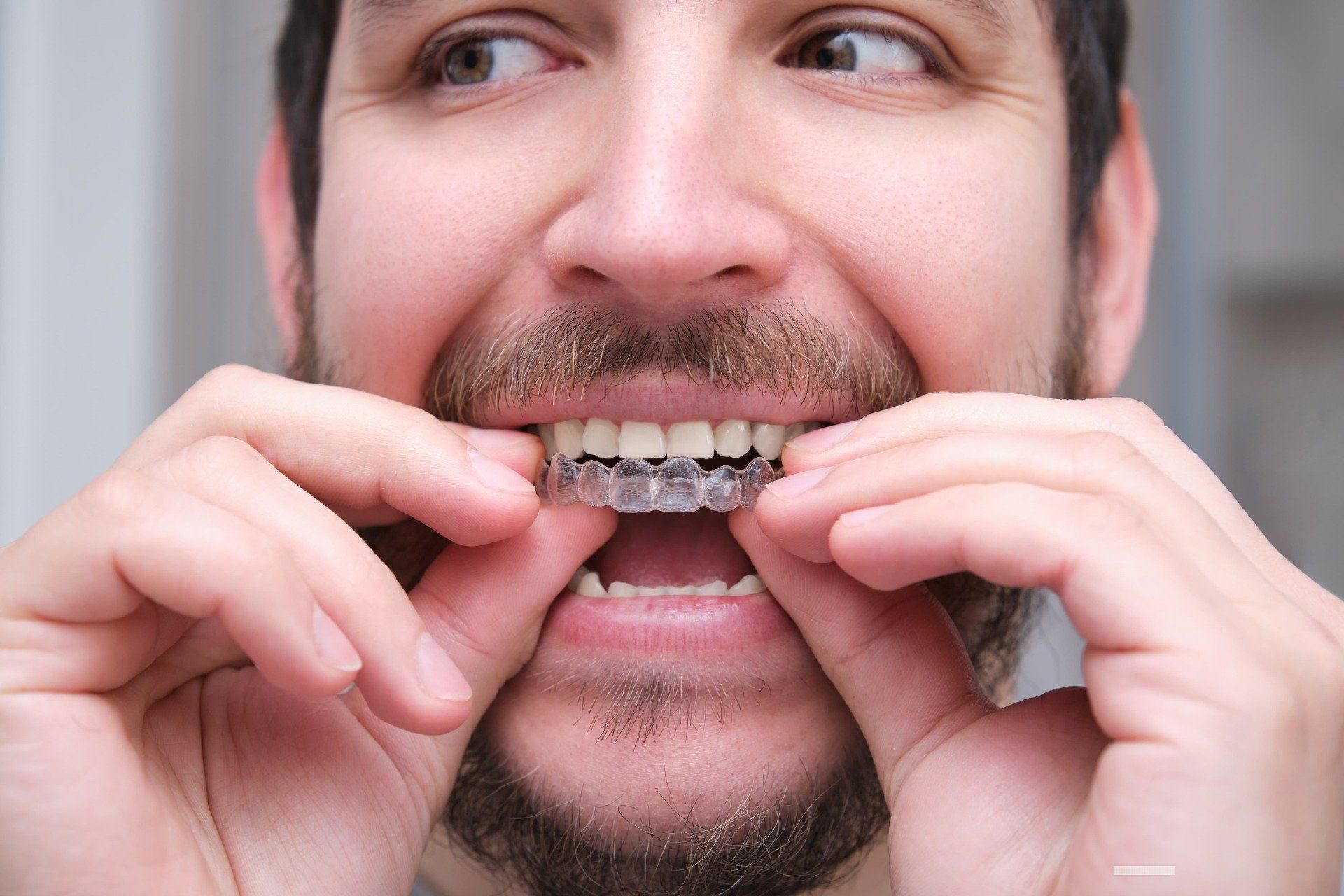
An oral appliance is a very popular alternative to CPAP An oral appliance for sleep apnea resembles the mouthguard you could wear when playing sports or to protect your teeth if you grind them. The way these oral appliances work is by moving your lower jaw and tongue. The repositioning stops the tissue in your upper airway from restricting your breathing and your tongue from falling back into your throat.
The FDA has approved more than 100 different types of oral appliances for the treatment of sleep apnea. Use a custom oral appliance that is suited to your unique measurements for the best outcomes; a device that doesn't fit properly may worsen sleep apnea and lead to jaw issues.
Patients with mild to moderate sleep apnea respond well to a sleep apnea mouth guard, those with severe sleep apnea require a more sophisticated solution. Speak to our sleep doctor to see if an oral appliance for sleep apnea is right for you. sleep apnea mouth guard
BiPAP Treatment
BiPAP, also known as bilevel positive airway pressure or bilevel PAP, is similar to CPAP. Instead of the constant pressure from CPAP, BiPAP therapy uses two pressure settings.
In BiPAP therapy, the pressure decreases as you exhale and rises as you inhale, which makes it much easier for patients to exhale, especially if they have other breathing problems as a result of illnesses like lung disease. If you have trouble exhaling while using a CPAP machine, therapy may be more beneficial for you.
Surgical Treatments
Only if CPAP has failed is surgery a viable choice. The cause of your sleep apnea problems will determine the kind of procedure you have. Depending on the cause of your apnea, the following options may be offered.
Inspire (Hypoglossal Nerve Stimulation) (Hypoglossal Nerve Stimulation)
The hypoglossal nerve stimulation with Inspire involves implanting a specific device into your chest and connecting it to your hypoglossal nerve. This gadget regulates tongue movement; if you cease breathing while you're sleeping, a sensor inside the device stimulates your hypoglossal nerve, causing your tongue to move away from your airway.
Adenotonsillectomy
In the back of your throat, you have tonsils and adenoids that, if they expand or inflame, can block your airways. These impediments can be eliminated and your breathing made easier with an adenotonsillectomy, which is the removal of your tonsils and adenoids.
Non surgical Altertivies
Exercise and Weight Loss
An OSA risk factor is obesity. According to research, OSA7 can be treated with significant weight loss. A diet adjustment combined with a minimum of three hours of moderate activity per week proved to be a successful weight loss intervention for OSA. According to a different study, bariatric surgery can lessen OSA severity as well. To assist with the medical management of obesity, patients should seek assistance from an endocrinologist or specialist in obesity medicine.
Patients who change their sleeping postures in addition to losing weight get better outcomes than those who do neither. OSA cannot be entirely cured by weight loss, though.
Position for Sleep
The frequency of apnea episodes you experience during a night rises when you sleep on your back with your face up toward the ceiling in the supine position. Your tongue and larynx may prevent you from breathing when you have OSA and sleep on your back. According to one study, supine-predominant sleep apnea affects roughly 62% of people with OSA.
Experts advise sleeping on your side rather than your back to lessen the effects of OSA. Patients who wear devices that inform them while they are lying on their backs experience fewer apnea occurrences, according to studies. The technology itself has to be improved, and compliance with using these devices is a problem.
Limiting Alcohol
Many people's OSA symptoms can get worse if they drink alcohol. According to the American Academy of Sleep, avoiding alcohol is one of the first steps in treating OSA, along with losing weight and switching up your sleeping posture.
Nasal Expiratory Positive Airway Pressure
Before going to bed, you implant a nasal expiratory positive airway pressure (nEPAP) device into your nostrils for one-time use. When you exhale, these nEPAP devices, marketed as Provent, apply positive pressure and stop the collapse of your upper airway. Reduced apnea occurrences, improved quality of life, and less snoring are advantages of these devices13.
Despite the fact that nEPAP devices cannot completely cure OSA, they are practical, more affordable than CPAP, and simple to use when traveling. Adherence, like with other OSA therapy devices, is a concern.
Mandibular Advancement Devices
Your top and lower teeth are covered by mandibular advancement devices, which also hold your jaw in a position that prevents it from obstructing your upper airway. These gadgets are less expensive than CPAP machines, silent, and simple to use. Mandibular advancement devices, however, it functions best for people with moderate OSA or those who only experience OSA while they sleep on their backs. Speak with our sleep specialists and health care providers to see if this option is right for you.
CPAP treatment is the most widely used sleep apnea treatment. It is effective, but only when used in accordance with instructions. There might be viable alternatives if you need a CPAP substitute to treat your sleep apnea. If you're unable to continue your CPAP therapy, speak with our doctor or have a sleep expert analyze you. They can help you find the best alternative Therapies to CPAP option for your obstructive sleep apnea


